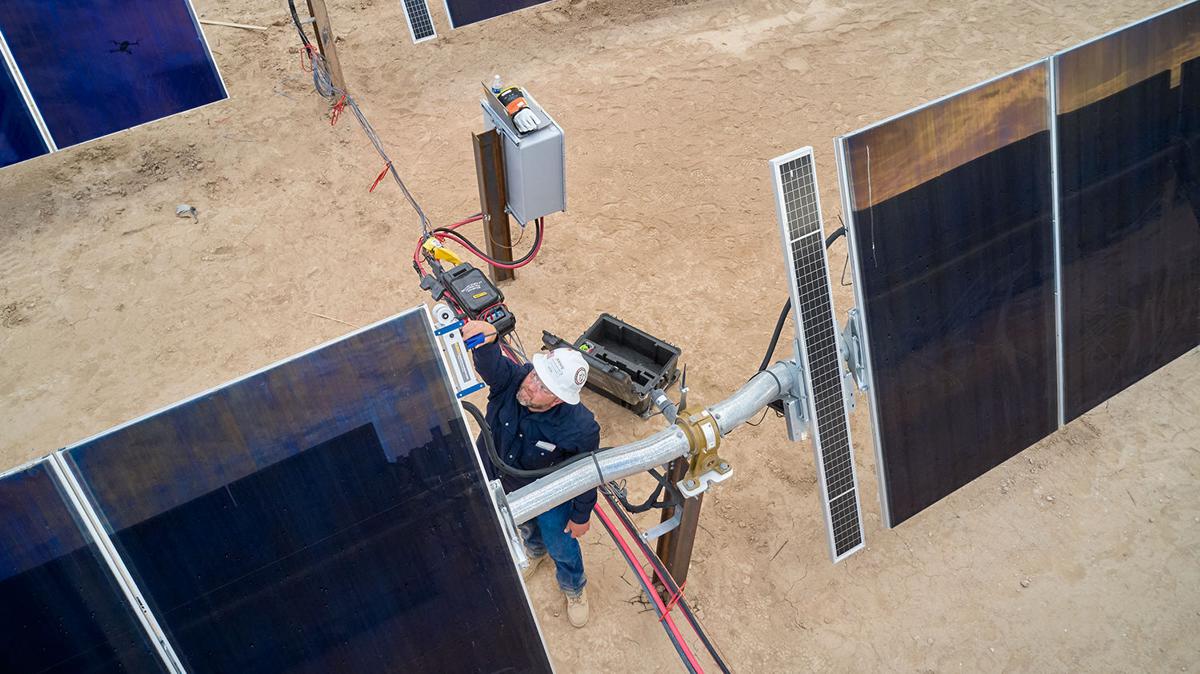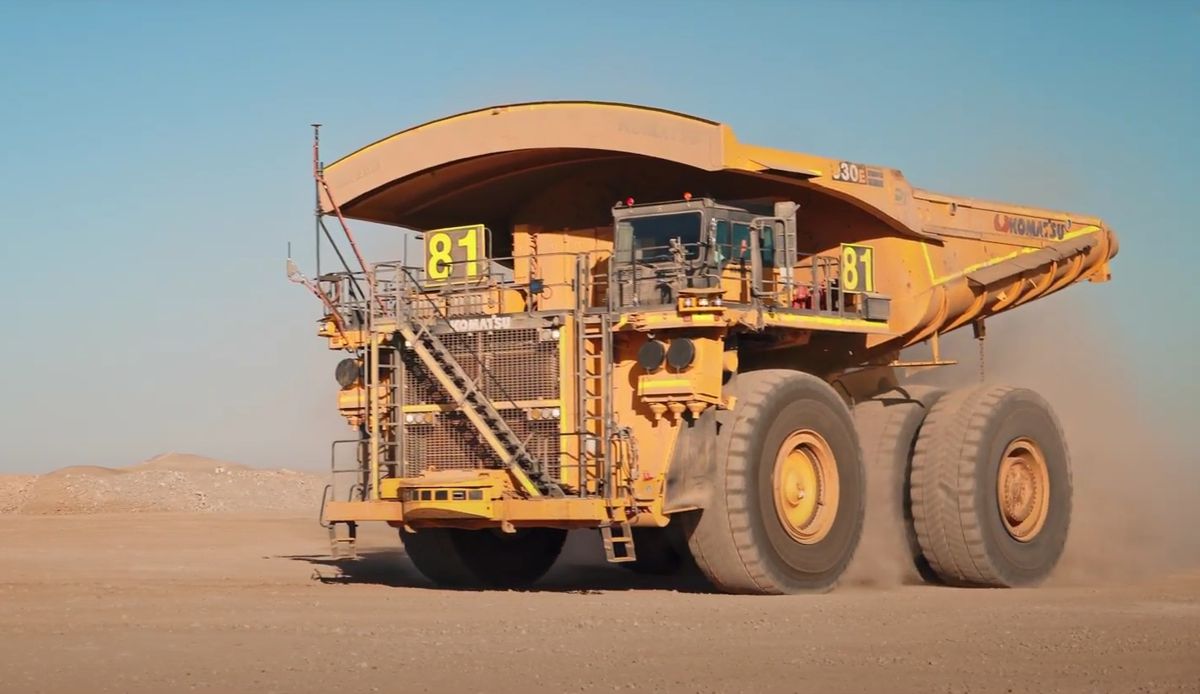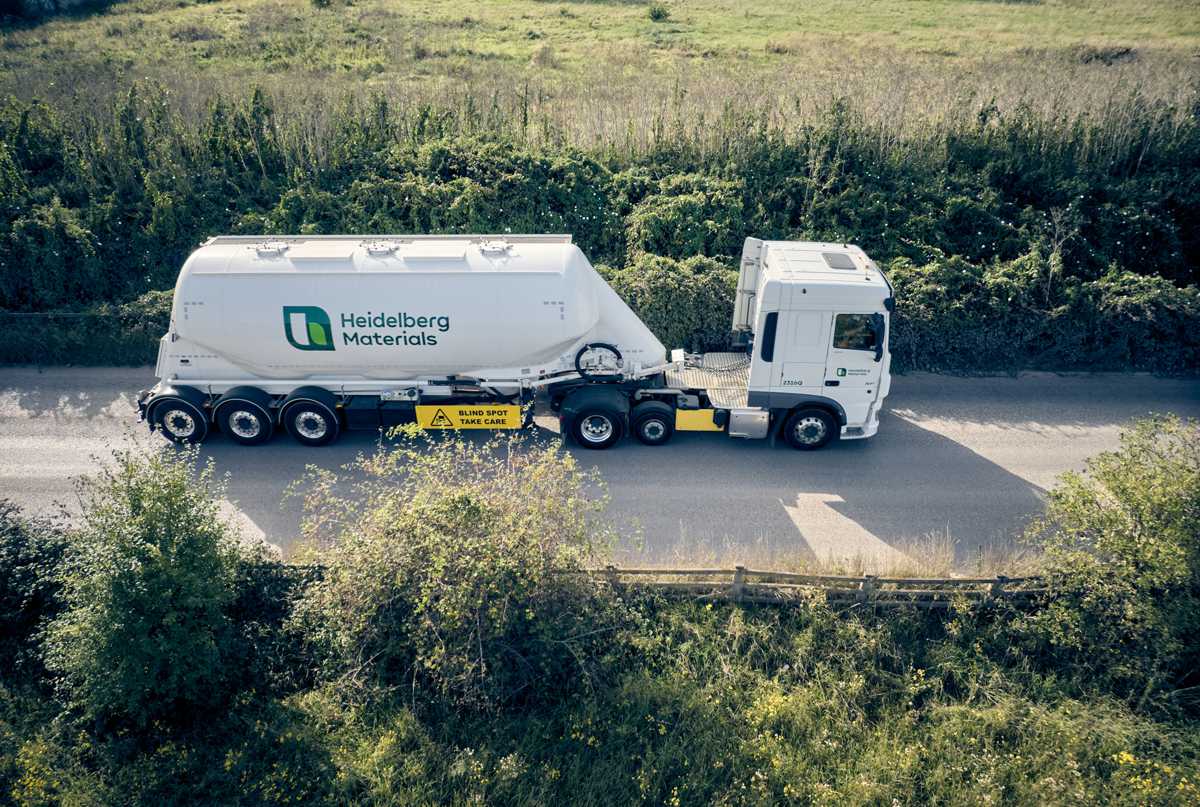Innovative solutions for time-consuming tasks
Recent technical advancements have resulted in new and creative solutions that make time-consuming tasks quicker and more precise than ever before. From the highly technical to the wonderfully simple we look at four industry innovations that are boosting uptime.
1. Digital Twinning
Dubbed the Fourth Industrial Revolution digital twinning is transforming industries at every stage of production. The term effectively means creating a digital representation, or twin, of a physical product. By looking at the digital model, we can see what the actual physical system is doing – allowing products to be monitored in real-time.
The cost-reducing technology can be used not only during the design and manufacturing stage but also when the physical product is in use. In construction equipment, a digital twin can detect faults before they become major issues, automatically contact its local dealer and, if necessary, place an order for replacement parts. It also allows project reports to be automatically compiled from the streams of data available.
Almost half of construction professionals manually prepare their daily reports; but automating this process saves time and money and eliminates human error.

2. Automatic Coding
Uptime and productivity are inextricably linked. Downtime is the enemy of all industries, but especially so when your product has a short shelf life and it is imperative that its get to stores quickly. Take eggs for example, which typically have a two-day journey from chicken to consumer. You may have noticed codes on your eggs. The ‘best before date’ is probably the one you pay the most attention to, but they are all important. These codes contain useful safety and traceability information such as farm identification – but they slow the process down of getting eggs to kitchens.
Improving both uptime and the speed of production is Markem-Imaje, who has created a customized Inkjet printer for egg production that is capable of coding over 250,000 eggs per hour on an eight-track grading machine.
Unlike conventional printers the Inkjet has specialist communication software that allows operators to monitor consumables consumption and running costs enabling them to react proactively to stop errors before they occur – thus protecting uptime, minimizing waste and cost.

3. Mobile service stations
In a country the size of China, it is not always easy for customers in remote areas to get instant access to machine service and spare parts and lubricants. Volvo Construction Equipment has developed mobile service stations in modified sea-freight containers dubbed ‘yellow boxes’.
Launched in July 2015, these yellow boxes – based right alongside construction sites – contain spare parts and reman components, all of which are available at a moment’s notice. In the past machines working in the most remote locations might have to wait weeks to receive spare parts, but now that parts can be obtained on demand, it can greatly reduce machine downtime and significantly cut any financial loss.

4. Holograms
Holograms have been popular in the gaming and tourist industry but outside of entertainment it still has some neat uses – from replacing physical design prototypes to aiding customer tests before buying. Even saving lives. One amazing piece of kit is Microsoft’s HoloLens – the world’s first fully untethered self-contained holographic computer. Incredibly, doctors in Brazil are using a combination of 3D printing and the Microsoft HoloLens to help plan spinal surgeries.
Volvo Cars donned the Microsoft HoloLens to create a unique customer experience where, through a series of holograms, customers could view and customize aspects of the car before it has even been manufactured. And this technology is being looked at closely by the construction industry.
Time spent measuring and calculating can be reduced to a matter of clicks from inside the comfort of a machine. It could also help with training, so that learner operators could practice on holographic simulators before stepping into a ‘real’ machine – adding another layer of safety but also resulting in more competent operators, higher productivity and lower costs.















